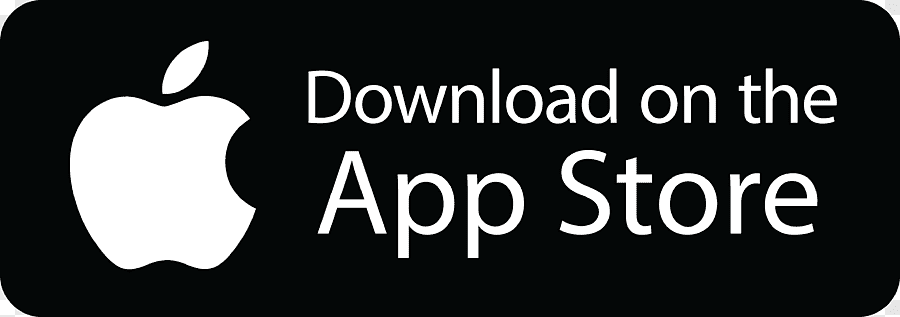Three Modes Of Participation
You can join data collection on water quality with the APP in three ways:
- Simply enter any free qualitative observations you may wish to make at any water body of your choice: you can enter structured information on:
- Your sense of place
- Land use around the water body
- Signs of pollution or a visual survey of other disturbance factors that can for example hinder species migration along a water course
- Observations on indicator species that give clues on the health of the ecosystem in and around the water body as well as
- Simple physical parameters such as estimations of the water level or speed of flow.
- If you wish to organize yourself to collect data more regularly at a water body of your choice over a longer period of time with a group of at least 7 people (for example with colleagues from work, a school class, three or four families, a municipal environmental committee, or as part of guided tours organized by Nature Parcs or river partnerships) you can write us an e-mail to register for one of our short ‘train-the-trainer ‘ workshops. In these workshops we introduce quantitative sampling techniques to determine some physical and chemical parameters relating to water quality, and test kits for chemical substances such as nutrients, elevated levels of which can severely disturb biodiversity in aquatic ecosystems, or turbidity/sediment content determinations using a Secchi tube.
- With our partner we will also be organizing national data collection campaigns that will involve qualitative observations as well as simple quantitative measurements.
A simple didactically prepared toolkit for teachers and students and guided walks in nature parks and exhibitions will be developed in 2024. This will include instructions for conducting chemical analyses, standard operating procedures, and details of where and which appropriate strips and reagents can be ordered online

Sustainability Science: Transforming Research for a Better Future!
Sustainability science is a new research field that aims to leverage social and natural sciences and technology for a sustainable transition. This interdisciplinary approach uses a systems approach to understand the dynamic interactions between nature and society, and involves collaboration between researchers and practitioners.
Key questions include: "How can research, planning, observation, assessment, and decision-making be better integrated for adaptive management and social learning?" and "How can we scan the future in a creative and rigorous manner that reflects sustainability's normative character and includes diverse perspectives?"
Join the movement to transform research for a better future! Through sustainability science, we can find innovative ways to build a more sustainable world and tackle the pressing challenges of our time.
Use of the APP
Together for Cleaner Water: How the WasserLux App Can Help!
The WasserLux app is a valuable tool for collecting observations on water quality and invasive species in rivers and their banks. However, to ensure the accuracy and reliability of data, individual free use of the app should be limited to collecting observations only. These observations should include indicator species for water quality and any factors that disturb ecosystem integrity and the permeability of different species migrating through water bodies.
Organized groups, such as school classes or events organized by NGOs or river partnerships, can use the app to order measurement toolkits for quantitative measurement of water quality. However, only appropriately trained individuals who have taken part in train-the-trainer workshops at the university or workshops run by trained trainers should supplement observations with quantitative surveys.
To ensure clear documentation, the app differentiates between free observations and measurements, and a field is provided for entering a number to identify the test kit used at the location.
After the summer, we will organize a joint data collection event with all interested parties to inaugurate the app. Let's work together to ensure cleaner water for all!
App Screenshots
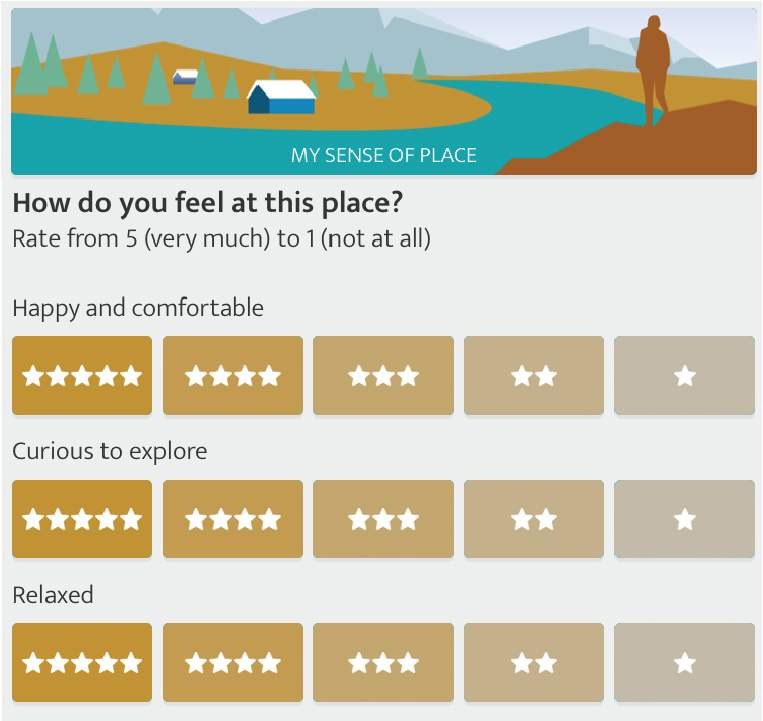
Lorem Ipsum is simply dummy text of the printing and typesetting industry. Lorem Ipsum has been the industry's standard dummy text ever since the 1500s, when an unknown printer took a galley of type and scrambled it to make a type specimen book.
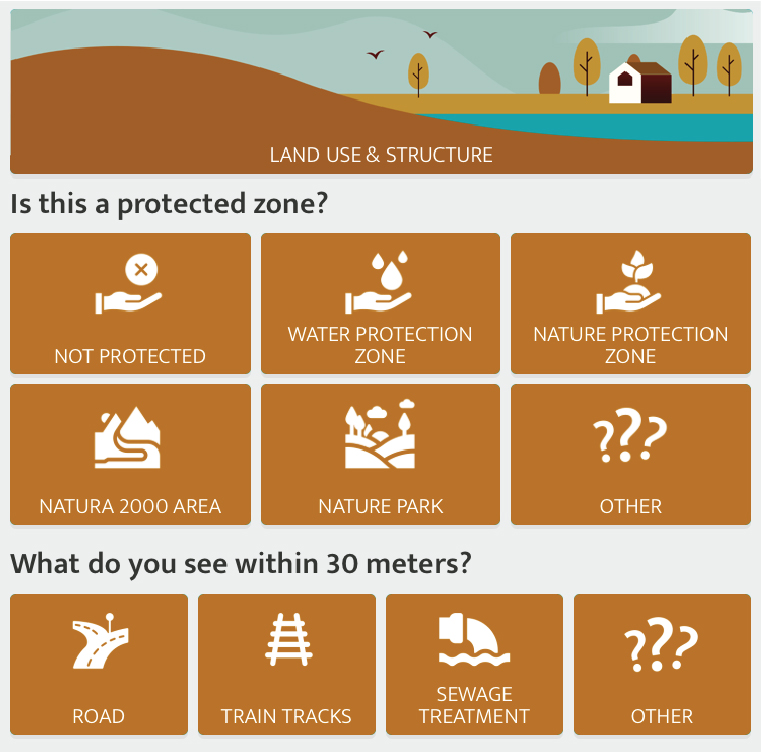
Lorem Ipsum is simply dummy text of the printing and typesetting industry. Lorem Ipsum has been the industry's standard dummy text ever since the 1500s, when an unknown printer took a galley of type and scrambled it to make a type specimen book.
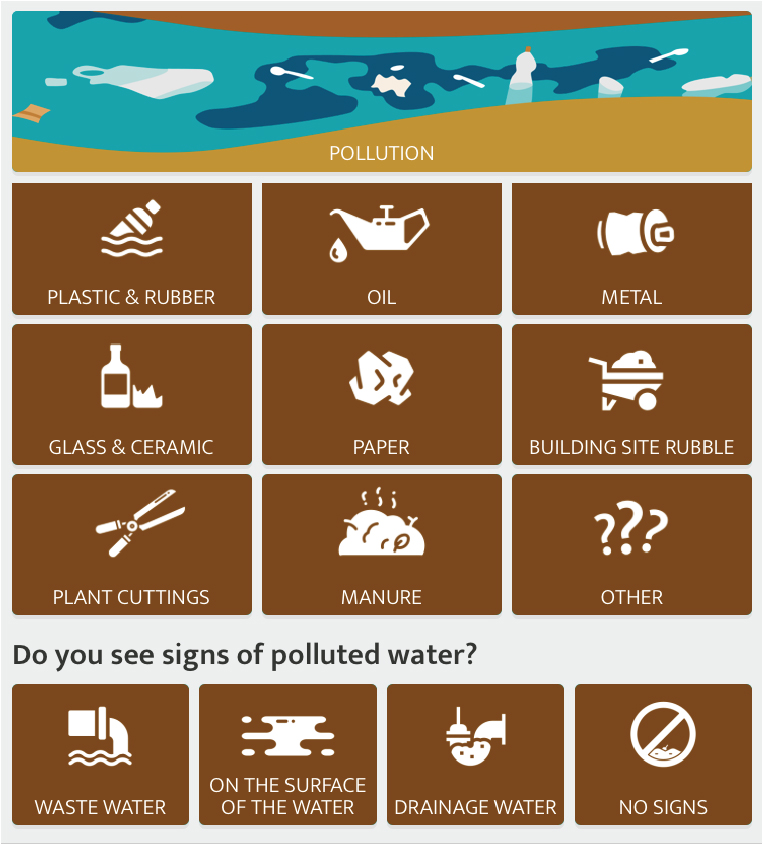
Lorem Ipsum is simply dummy text of the printing and typesetting industry. Lorem Ipsum has been the industry's standard dummy text ever since the 1500s, when an unknown printer took a galley of type and scrambled it to make a type specimen book.
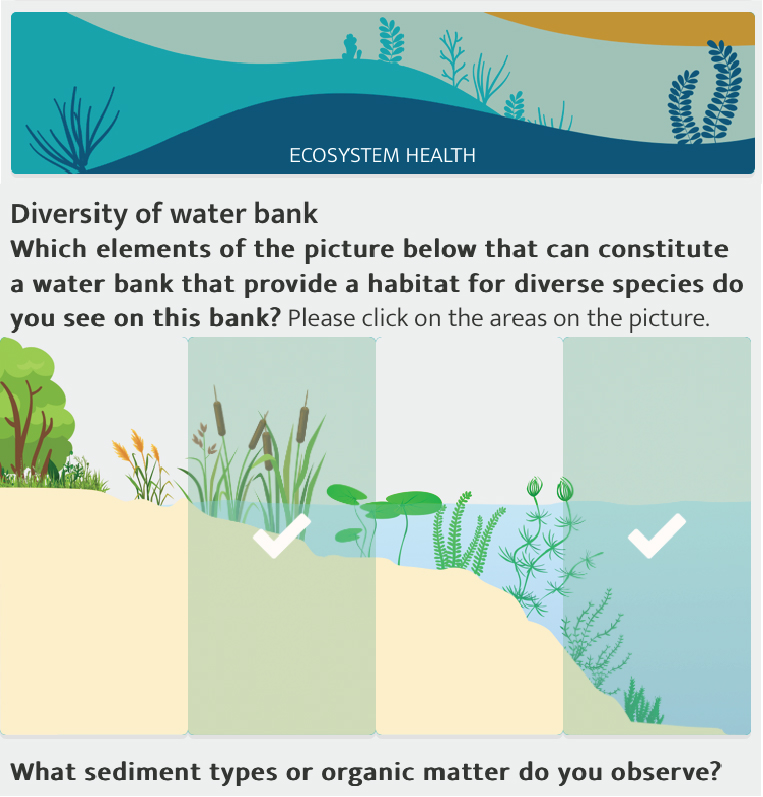
Lorem Ipsum is simply dummy text of the printing and typesetting industry. Lorem Ipsum has been the industry's standard dummy text ever since the 1500s, when an unknown printer took a galley of type and scrambled it to make a type specimen book.
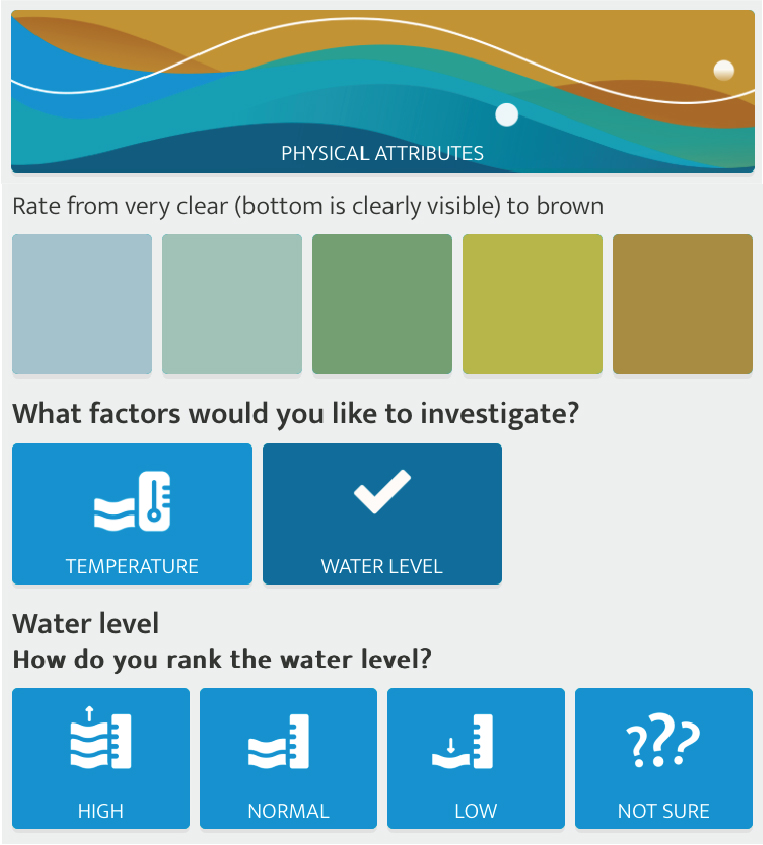
Lorem Ipsum is simply dummy text of the printing and typesetting industry. Lorem Ipsum has been the industry's standard dummy text ever since the 1500s, when an unknown printer took a galley of type and scrambled it to make a type specimen book.
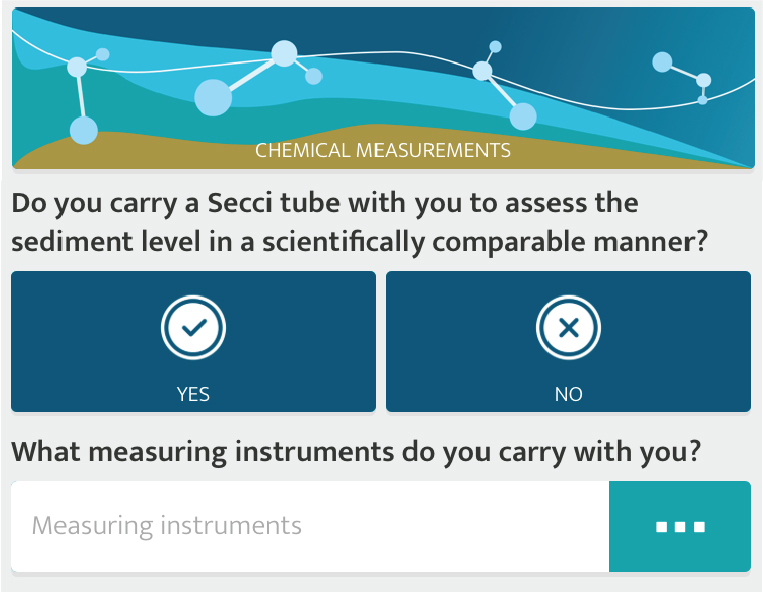
Lorem Ipsum is simply dummy text of the printing and typesetting industry. Lorem Ipsum has been the industry's standard dummy text ever since the 1500s, when an unknown printer took a galley of type and scrambled it to make a type specimen book.
This website uses no external trackers, no analytics, just session cookies and values your online privacy.


